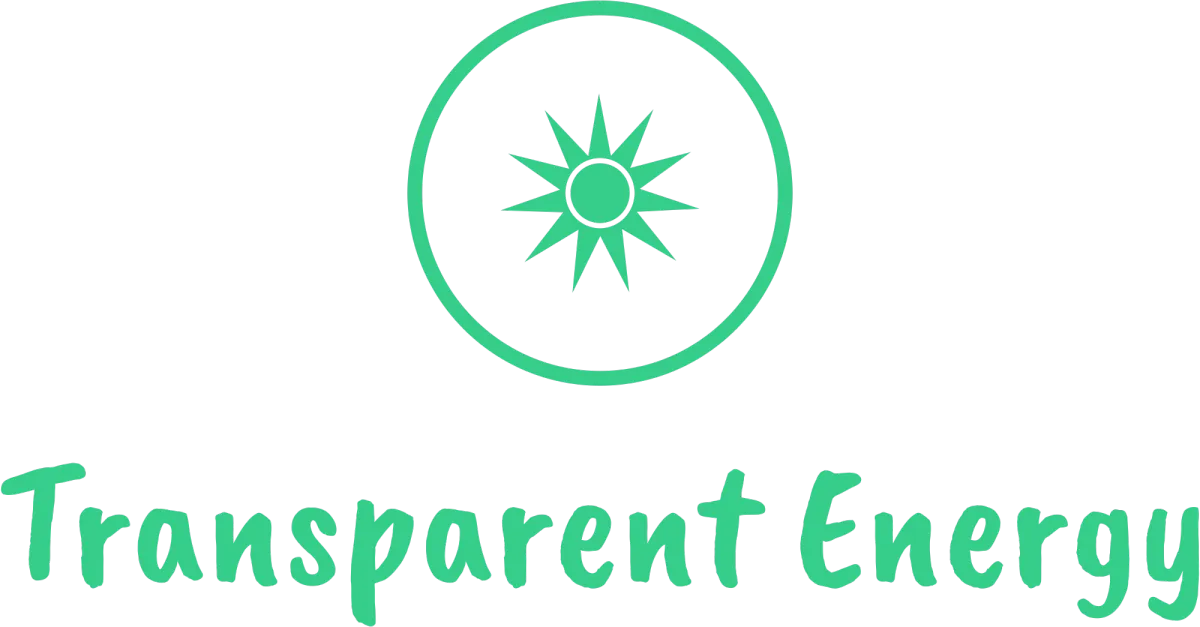
Are you intrigued by solar energy and how it operates? You’ve come to the right place!
Explore comprehensive insights into this remarkable energy source. While the U.S. is making strides in solar technology, there’s still plenty of potential for growth. Join us as we uncover the benefits, innovations, and future of solar energy!
Freedom Forever explains how Solar energy systems storage work!
SolarBuddy explains how solar panels work and the net metering process!
Solar Energy
Solar energy is a renewable resource harnessed from the sun's rays, providing a sustainable way to power our homes and devices. Think of it as converting sunlight into usable energy!
There are three main types of solar panels:
Monocrystalline
Polycrystalline
Thin-Film
Each type has its own benefits, which we’ll explore further below.
Solar panels generate energy in the form of Direct Current (DC), but our homes use Alternating Current (AC). This is where inverters come into play. Inverters are essential devices that convert DC into AC, allowing us to use solar energy effectively. They can connect to various systems, including your utility meter and batteries.
There are different setups for solar power systems, including grid-tied, off-grid, and hybrid configurations. At Transparent Energy, we specialize in grid-tied and hybrid systems, helping you choose the best solution for your energy needs.
Examples of Solar Energy (Seasons)
Imagine your solar panel system generates 1,000 kilowatt-hours (kWh) of electricity each month during the sunny summer months. During this time, your energy consumption is about 800 kWh monthly, primarily due to air conditioning, fans, and other appliances.
In contrast, during winter, your solar panels may only produce around 500 kWh per month because of shorter days and more cloud cover. However, your energy usage might increase to 1,200 kWh per month due to heating, lighting, and other seasonal needs.
Here’s how your summer production affects your winter energy costs:
Summer Production: (1,000 kWh in summer) Your solar panels produce more electricity than you consume (800 kWh). This results in a surplus of 200 kWh each month, which can be fed back into the grid through net metering. This process earns you credits or compensation.
Winter Production: (500 kWh in winter) Your solar panels produce less energy than you consume (1,200 kWh). However, you can use the credits earned during summer to offset part of this shortfall.
Overall, while your solar panels may not completely meet your winter energy needs, the surplus generated in summer significantly reduces your electricity costs.
Grid-Tied Solar Systems
An inverter converts the Direct Current (DC) from your solar panels into Alternating Current (AC), which is then sent to your utility meter. This is a great option for areas that offer a Net Metering Program.
Net Metering allows you to use excess power generated by your solar system during the day. Instead of being wasted, this power is stored virtually, letting you use it at night or during cloudy winter days. We'll explore more about how Net Metering benefits you!
Understanding Net Metering
Net Metering is a system that allows you to utilize solar energy even at night or during winter when sunlight is limited.
Here’s how it works:
When your solar panels generate excess electricity during the day, you can send this surplus back to the electric grid and receive credits for it. Then, when you need electricity at night or on cloudy days, you can use these credits to meet your power needs. This not only helps you save money but also maximizes your use of clean energy.
Solar Offset
The term "offset" refers to balancing your solar energy production with your electricity needs. With net metering, you balance the electricity generated by your solar panels during sunny days with your consumption during less sunny times. Here are a few important factors to consider:
1. Shading
Trees and other obstructions can cast shadows on solar panels, reducing their efficiency and overall energy production. This can significantly impact the balance between energy generated and consumed.
2. Roof Space
If your roof isn't suitable for solar panels due to structural issues, insufficient space, or improper orientation (ideally facing south for maximum sunlight), it can limit your system’s energy generation. This may necessitate additional measures to achieve an optimal offset.
The Net Metering Program is essential in this balance. It acts like a "virtual battery," storing excess energy generated by your solar system and allowing you to use it when your panels aren’t producing enough electricity.
